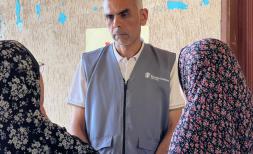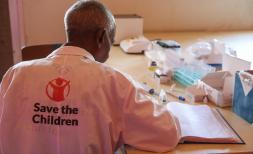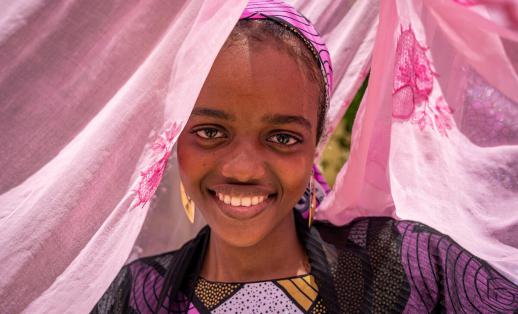Four tips for keeping children safe online
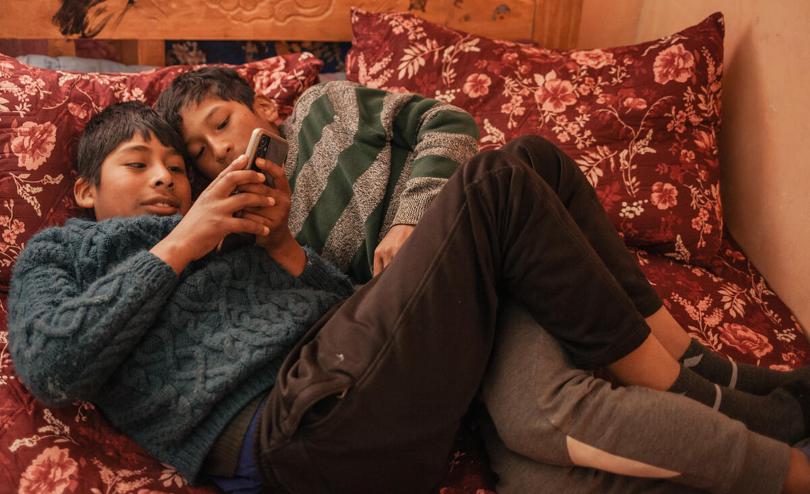
Jhon, 11, and his cousin Jheyson, 11, watch videos on YouTube on a mobile phone. Photo: Adriana Loureiro Fernandez / Save The Children
Do you know the best ways to protect your children from digital harm?
New digital technology is constantly evolving and impacting the way children learn, play, interact, and access information. However, greater access to digital spaces, can increase children's risk to experiencing harm.
{cta | We urgently need your support to protect children. Donate now| https://donate.savethechildren.org/en/donate/| Donate}
As a global leader in child protection and children participation, Save the Children is committed to working with and for children ensure they are safe on and offline.
In light of Safer Internet Day, here are some of our tips for protecting children online:
1. Talk to your children about their technology use
Many children do not differentiate between on and offline environments, so talk to them about both activities in the same way.
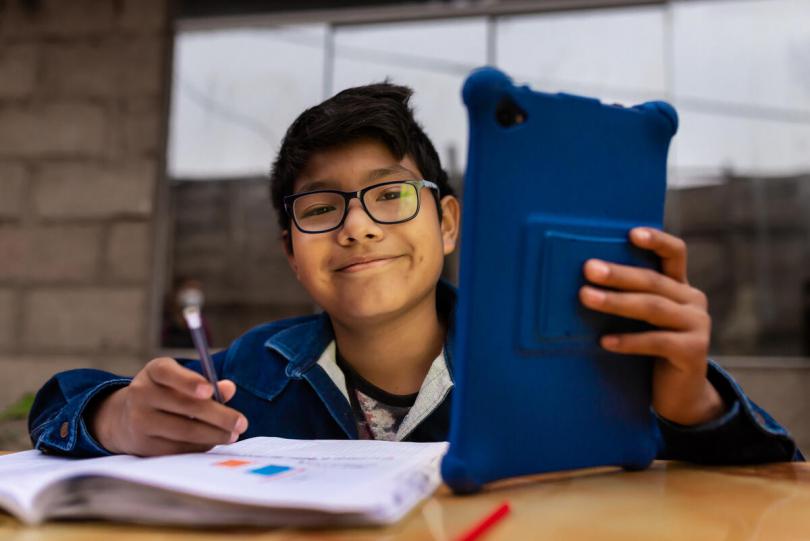
A boy holds up his tablet provided by Save the Children to continue his education at home in Peru during the Covid-19 pandemic. Photo: Miguel Angel Arreategui Rodriguez/ Save the Children.
2. Give clear information and guidance
Explain online safety, privacy, acting responsibly, and the importance of platform and content age limits to your children.
3. Educate them about the risks
Talk to your children about the risks of being online and how to identify threats. This helps them protect themselves and make it more likely that they will tell you if something bad happens.

Children using tablets in class at a mobile Digital Learning Centre in Mykolaiv region, Southern Ukraine.Oleksandr Khomenko / Save the Children
4. Remind children to stop and think before they share
Teach your children to ask:"Can this information be used to identify me? If I am not sure, I should ask an adult I trust for advice"
